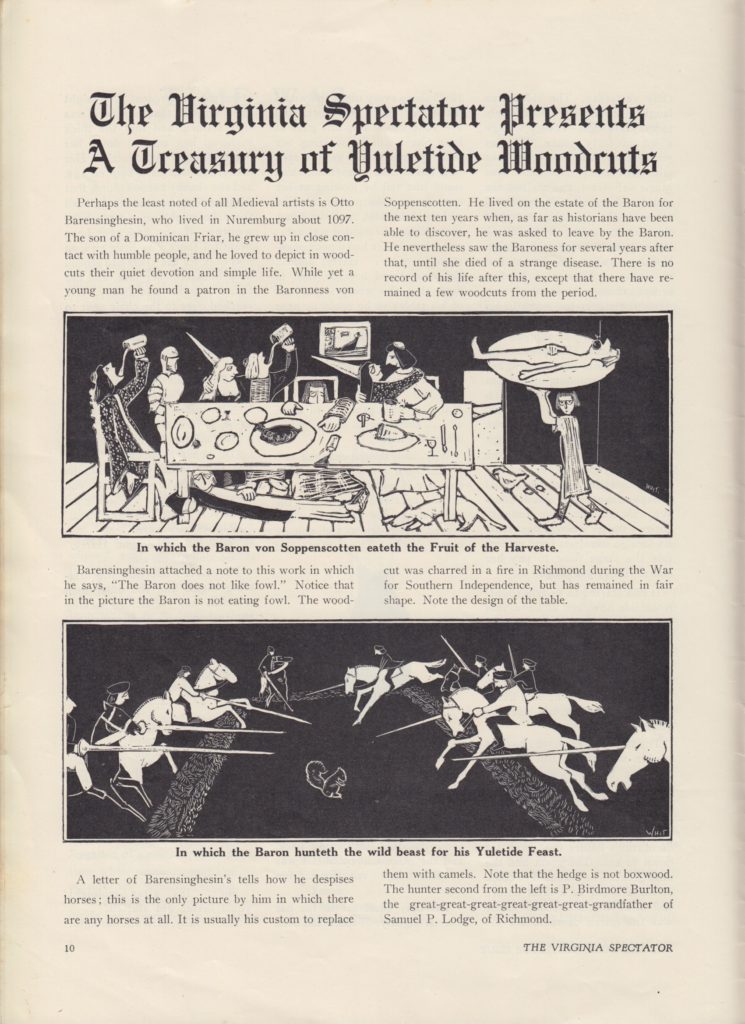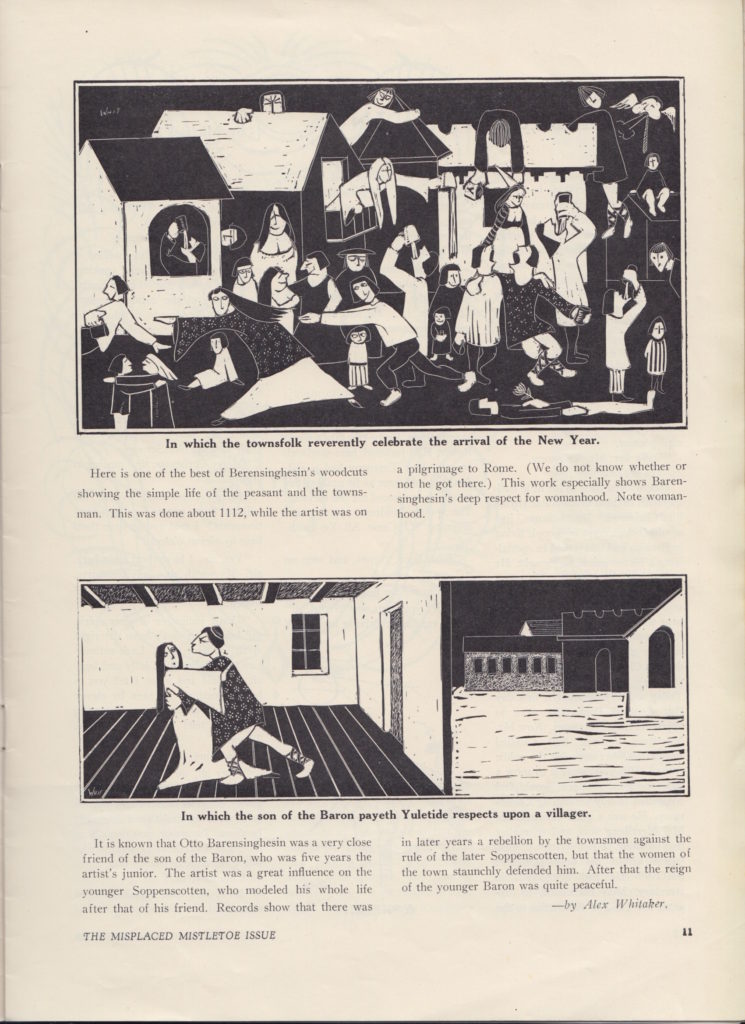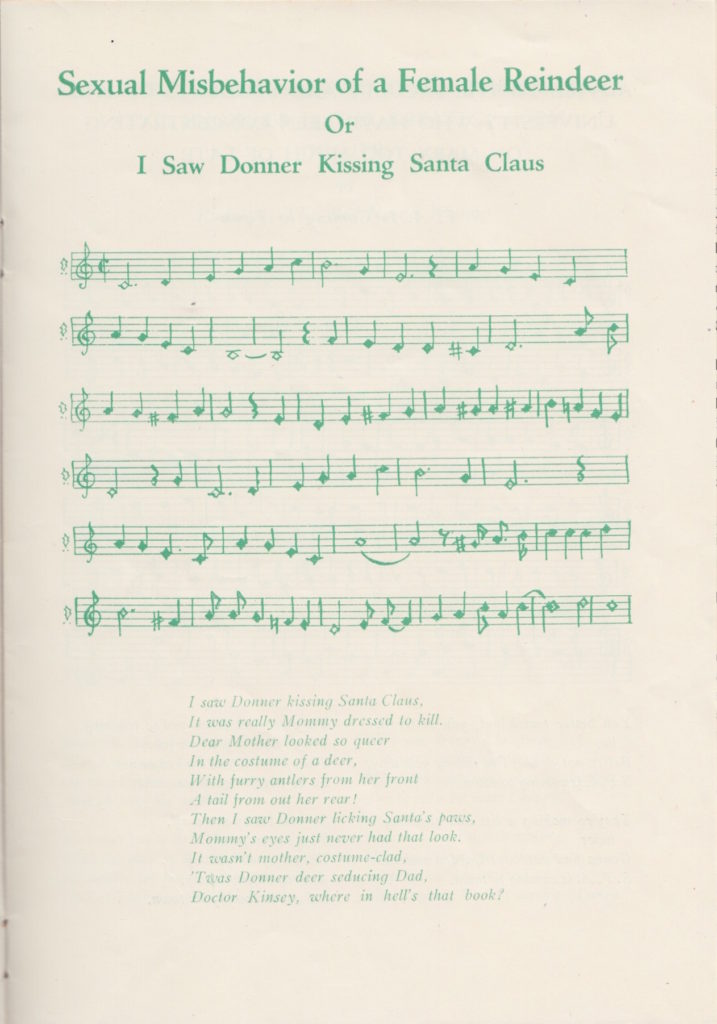
Yes, of course I’m sad about the loss today of Carrie Fisher, probably my first preteen crush and certainly my first model of a strong female lead. (At least in A New Hope.) And then she was my first seriously funny, seriously damaged novelist (I read Postcards from the Edge in high school), and later a kind of shamanic touchstone in any movie in which she appeared. But the main thing is she was there, fiercely telling critics even this year to blow her. As more people who seemed eternal verities in our cultural hoard are taken by 2016, of course I want to roar.
But I’m also wistful. Paul Simon, Fisher’s ex husband and longtime friend, in some ways eulogized her best in songs on Hearts and Bones, Graceland, and Rhythm of the Saints, the youngest of which is now over 25 years old. And today I think about “Hearts and Bones”:
Thinking back to the season before
Looking back through the cracks in the door
Two people were married
The act was outrageous
The bride was contagious
She burned like a bride
These events may have had some effect
On the man with the girl by his side
The arc of a love affair
His hands rolling down her hair
Love like lightning, shaking till it moans
Hearts and bones
And “Train in the Distance”:
The thought that life could be better
Is woven indelibly
Into our hearts
And our brains
And “Graceland”:
She comes back to tell me she’s gone
As if I didn’t know that
As if I didn’t know my own bed
As if I never noticed
The way she brushed her hair from her forehead
And she said “Losing love is like a window in your heart
Everybody sees you’re blown apart
Everybody feels the wind blow”
And “She Moves On”:
And she says “maybe these emotions are as near to love as love will ever be”
So I agree
The moon breaks
She takes a corner, that’s all she takes, she moves on.
Dammit. And now I want to read her autobiography and hear her side of the story.



